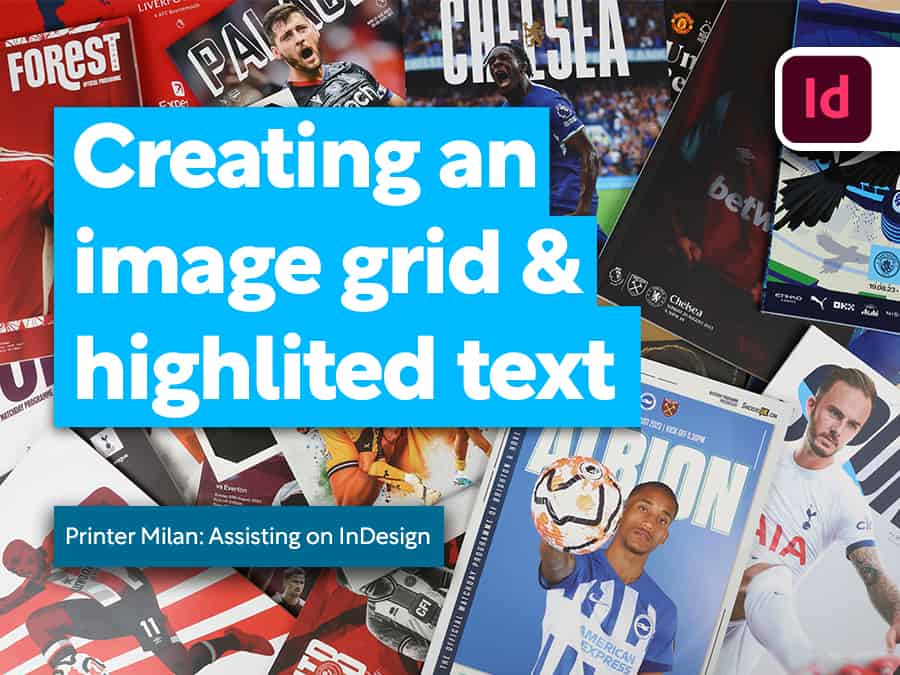Business Leaflets can highlight the benefits of your latest product, promo or showpiece event – placing your message squarely in front of your audience.
But what makes a Leaflet campaign successful? Clever content, succinct messaging and a solid tone of voice are all important. Explore how to write a Leaflet in six simple steps:
Step 1: Establish your own tone of voice
Tone of voice is summed up as the way in which a brand communicates with its customers and the wider world. All content you create – from press ads and blog posts to site copy and social media – must sound consistent in terms of words used, sentence structure, chattiness, cultural references etc.
The most successful brands totally master tone of voice. Think about the way Apple, for example, speaks. Or the offbeat charm of Innocent smoothies – all Fruit Towers and the Banana Phone.
Consider the language your target audience will be most receptive to and use this to pique their interest with convincing and compelling wording that’s true to your brand.
Step 2: Create eye-catching headlines
We are bombarded with hundreds of marketing messages every day. So how can your message rise above the background noise?
Grab the attention of your audience with a headline that’s catchy, relevant, and benefit-led. One key tip is to place the main benefit of whatever you’re advertising in the headline, surrounded by supporting language. This is called benefit-led. For example:
- Sale: lead with the offer itself
- Event: use the details of where and when
- Product: focus on the main benefit
Step 3: Focus on the USPs
Position them in prominent places in an eye-catching way within your Leaflet design. Numbered lists and bullet points are a brilliant way of clearly highlighting the take-home points of your Leaflet – and grouping additional USPs. Your new phone has more to shout about than its new screen, after all.
Build your Leaflet around these features, and translate them into lifestyle benefits. Say, for example, you’re selling a smartphone that offers a better screen than others. You don’t simply say ‘it has a better screen’.
You say something like: ‘Netflix on your phone looks as sharp as on your TV with the screen on the…’ Turn features into benefits.
Position them in prominent places in an eye-catching way within your Leaflet design. Numbered lists and bullet points are a brilliant way of clearly highlighting the take-home points of your Leaflet – and grouping additional USPs. Your new phone has more to shout about than its new screen, after all.
Step 4: Include key details
The essentials of your promotion must be included in your Leaflet structure. News stories, for example, are always written to cover the who, what, when, where, why and how. And your Leaflet should follow the same principle.
Company contact details, event dates, locations, product prices and promotional discounts are all vital. They’re the snippets of information your readers need to act upon the call to action within your Leaflet.
While the title takes precedence for drawing in the reader, these nuggets of information will help to guide them towards your desired action.
Step 5: Get straight to the point
Keep it concise when you’re listing important information related to your promotion. Be expressive, but also ensure what you’re saying is pertinent.
Plainly outline what you’re offering and speak directly to the customer. You’re trying to persuade them to call, email, scan a QR code or visit the website, so talk to them using language such as “you” and “you’re”.
Emphasise the benefits they’ll receive from whatever you’re advertising and feed their hunger to learn more about it by being descriptive.
Step 6: Finish with a call to action
What is the purpose of the Leaflet? Prompt potential customers to act upon your marketing materials by including a clear call to action, which signposts exactly what they need to do next to…
- Take advantage of your offer
- Find out more about the product
- Book tickets for your event
Whatever action you want them to take, be clear. The most effective Leaflet writing examples use plain English and don’t confuse with flowery language or metaphor.
Phrases such as “Visit our website at…” “Discover more by joining us on…” and “Explore our range at…” are perfect examples of CTAs that are expressive and lead the reader to the next point.
A strong CTA can make the difference in your Leaflet campaign being a success.
Leaflet writing: Do’s and don’ts
Do’s:
- Do use short, snappy sentences to keep the reader’s attention
- Do showcase your credibility by including awards won or qualifications
- Do use persuasive language
Don’ts:
- Don’t overload the reader with a lot of information
- Don’t waste the back page – print on both sides
When you print Leaflets with Solopress, you can be sure of a high-quality product that hits your design goals. Simply upload your artwork using our online Leaflet template and we’ll handle the printing using vibrant colours.





epic
Very nice 👍 I understood to built a leaflet thank you very much